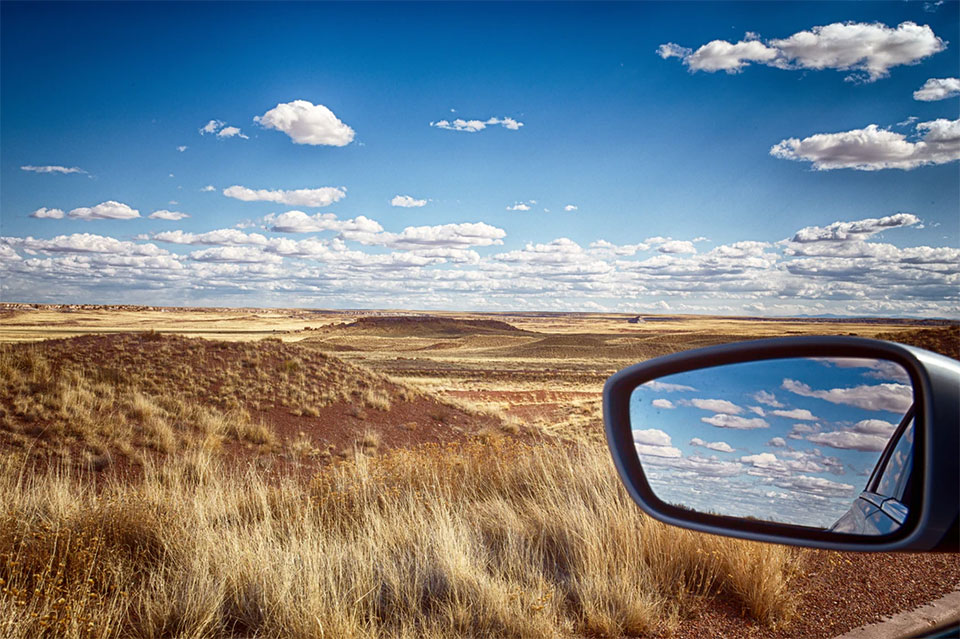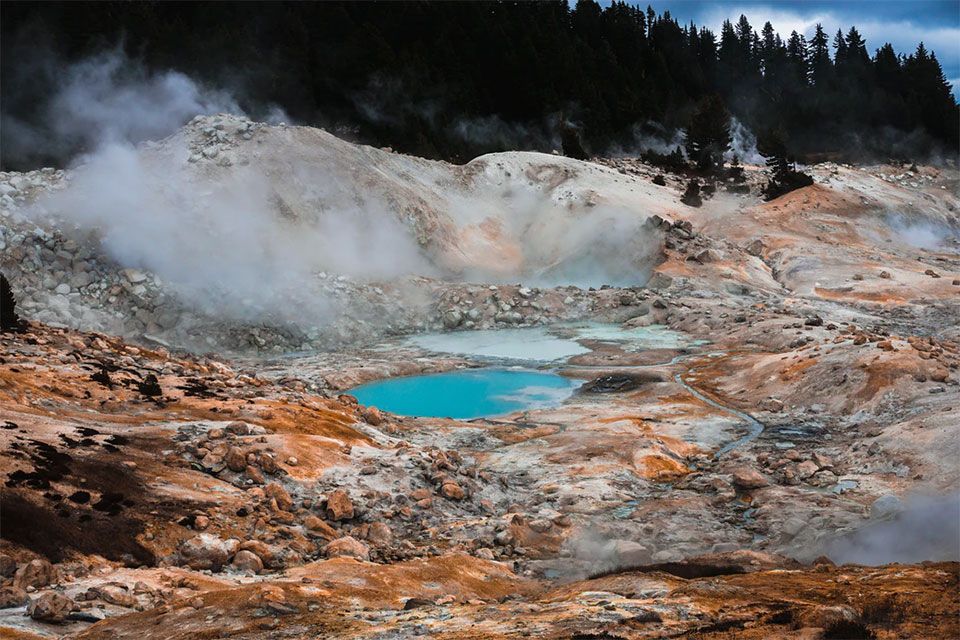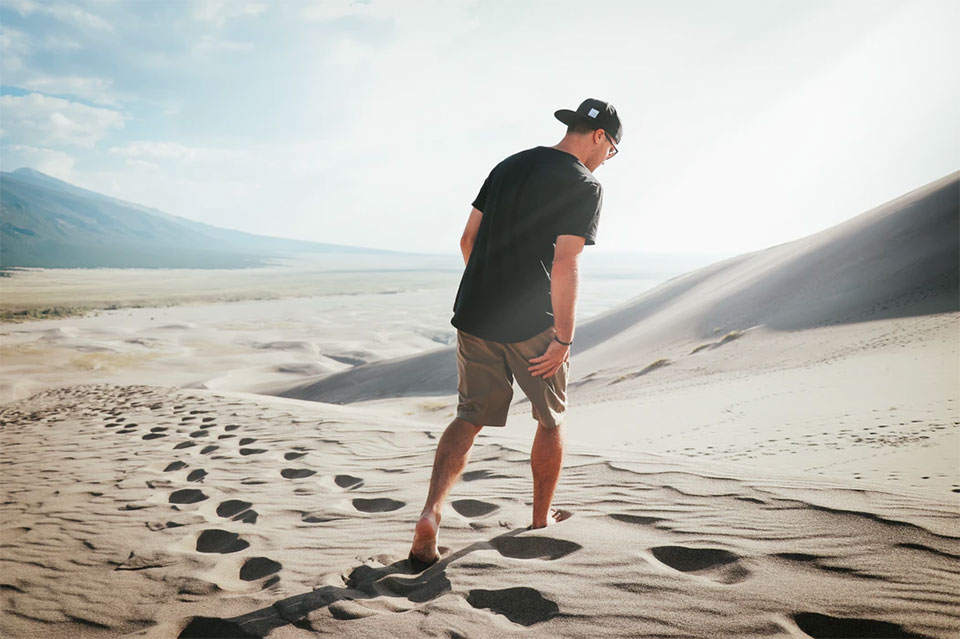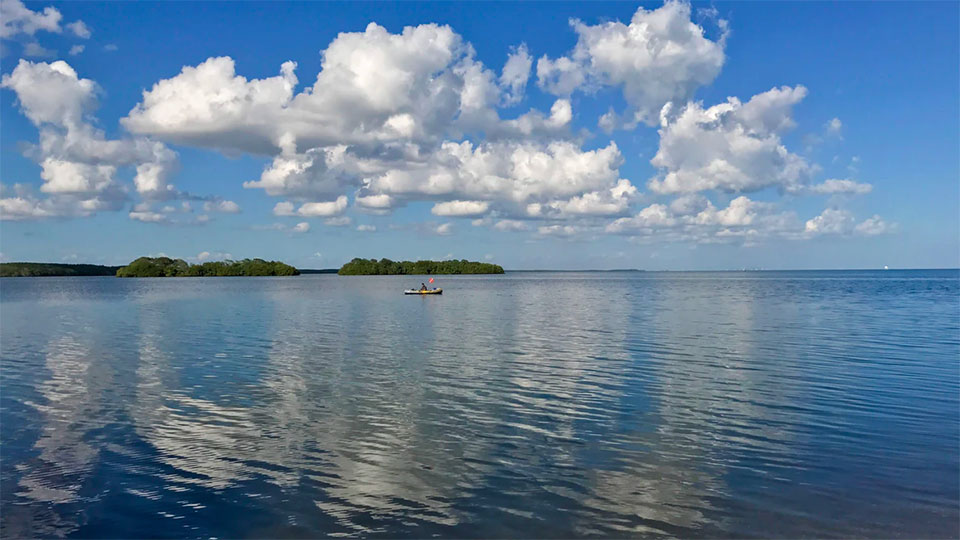Ten national parks you might not have known existed in the United States

There are amazing national parks in the United States being a challenge for someone to visit them. Some of them you might not have known existed. Of course, if you decide to explore one of the list below make sure that it is in full operation because there are still some restrictions applied due to Covid-19.
- Petrified Forest National Park, Arizona, United States: This is a great place to explore. Visitors can explore the park on foot by following a specific trail or by bicycle. They can take photos and also they can bring their dogs with them as it is pet friendly. The park is known for its large deposits of petrified wood. It covers about 900 square kilometers with semi-desert shrub steppe as well as highly eroded and colorful badlands. According to recent announcements, the guided programs at the park are scheduled on Fridays, Saturdays, and Sundays during February. The programs include Guided Backcountry Hike: Dead Wash Overlook, Guided Backcountry Hike: Painted Desert Saunter, Guided Backcountry Hike: Bidahochi, Guided Backcountry Hike: Historic Blue Forest, Guided Backcountry Hike: Petroglyph Canyon, and more.
- Lassen Volcanic National Park, California, United States: The main characteristic of the park is Lassen Peak, the largest plug dome volcano in the world and the southernmost volcano in the Cascade Range. The magma that fuels the volcanoes in the park is derived from subduction off the coast of Northern California. The park is accessible via State Routes 89 and 44. Visitors can choose from over 150 miles of trail, have some rest at a tent, cabin or lodge or learn about Lassen with a Ranger. The winter activities include snowplay in the Southwest area or in the Manzanita Lake area. Furthermore, there is the option of experiencing Lassen virtually.
- Great Sand Dunes National Park & Preserve, Colorado, United States: The area has large sand dunes up to 750 feet tall on the eastern edge of the San Luis Valley, and an adjacent national preserve in the Sangre de Cristo Range, in south-central Colorado. The park contains the tallest sand dunes in North America. Visitors can explore dunes, grasslands, forests, lakes and alpine peaks. Also, they can spend the night there. They can choose between camping or lodging in and near the park or make a reservation at Piñon Flats Campground in the national park.
- Biscayne National Park, Florida, US: This is definitely a water park. The shore of the bay is the location of an extensive mangrove forest. The park covers 172,971 acres, including Elliott Key. It the park’s largest island and northernmost of the true Florida Keys, formed from fossilized coral reef. Visitors can boat, snorkel, dive, camp, watch wildlife or simply relax. They can choose a guided tour in order to explore every part of the national park.
- Haleakala National Park, Hawaii, United States: It is located on the island of Maui in the state of Hawaii. Named after Haleakalā, a dormant volcano within its boundaries, the park covers an area of 33,265 acres of which 24,719 acres is a wilderness area. Visitors can plan their visit, whether they want to explore the summit or the coast. There is also the option of spending a few days and plan an overnight adventure. But be prepared. The Summit and Kīpahulu Districts are remote. An ambulance can take up to 45 minutes to arrive at either district. People with respiratory or other medical conditions should be aware that the summit of Haleakalā is at 10,023 ft. There is no food, beverages, or gasoline in the park.
- Mammoth Cave National Park, Kentucky, United States: The park is encompassing portions of Mammoth Cave, the longest cave system known in the world. It was established as a national park on July 1, 1941, a World Heritage Site on October 27, 1981, and an international Biosphere Reserve on September 26, 1990. Visitors can choose one of the cave tours or Ranger -led programs. Also, there is the option of camping or lodging. Some main activities in the park include hiking, kanoeing, kayaking, boating, horseback riding and bicycling. Do not forget that Mammoth Cave National Park is home to thousands of years of human history and a rich diversity of plant and animal life.
- Indiana Dunes National Park, Indiana, United States: The park runs for about 20 miles along the southern shore of Lake Michigan. Its visitors center is in Porter, Indiana. Located in the park are sand dune, wetland, prairie, river, and forest ecosystems. This park is a paradise for hikers. The activities offered at the park include beach going and swimming, biking, bird watching, camping, fishing and boating, hiking, horseback riding, picnicking and visit at the historical sites.
- Isle Royale National Park, Michigan, United States: An island of the Great Lakes and he 450 surrounding smaller islands and waters make up Isle Royale National Park. The park offers great adventures for hikers, boaters, kayakers, canoeists and scuba divers. For those interesting in lodging options they can choose between the below: Backpack (hike or paddle to a different campground each day), Basecamp (set up camp at one campground, explore by day and return to camp each night), Boat (cruise to a dock and tie up for the night) and Resorts (stay at the Rock Harbor Lodge or the Windigo Camper Cabins).
- Cuyahoga Valley National Park, Ohio: Its main difference from the other national parks in America is that it is adjacent to two large urban areas and it includes a dense road network, small towns, four reservations of the Cleveland Metroparks, eleven parks of the Summit Metro Parks, and public and private attractions. Visitors can walk or ride the Towpath Trail to follow the historic route of the Ohio & Erie Canal. For hiking lovers there are over 125 miles of hiking trails. At the park live many wildlife birds and animals such as eagles, herons, beavers and otters.
- Guadalupe Mountains National Park, Texas: The mountain range includes Guadalupe Peak, the highest point in Texas at 8,749 feet (2,667 m) and El Capitan. The park covers 86,367 acres in the same mountain range as Carlsbad Caverns National Park. The McKittrick Canyon trail leads to a stone cabin built in the early 1930s as the vacation home of Wallace Pratt, a petroleum geologist who donated the land. Hikers have over 80 miles of trails to decide which route will follow. There is the Devil’s Hall Trail, the Smith Spring Loop, the McKittrick Canyon Trail and more. Of course, the most challenging desicion for someone is to climb to the “Top of Texas” with a hike up Guadalupe Peak.
Bring the best of the CEOWORLD magazine's global journalism to audiences in the United States and around the world. - Add CEOWORLD magazine to your Google News feed.
Follow CEOWORLD magazine headlines on: Google News, LinkedIn, Twitter, and Facebook.
Copyright 2025 The CEOWORLD magazine. All rights reserved. This material (and any extract from it) must not be copied, redistributed or placed on any website, without CEOWORLD magazine' prior written consent. For media queries, please contact: info@ceoworld.biz














